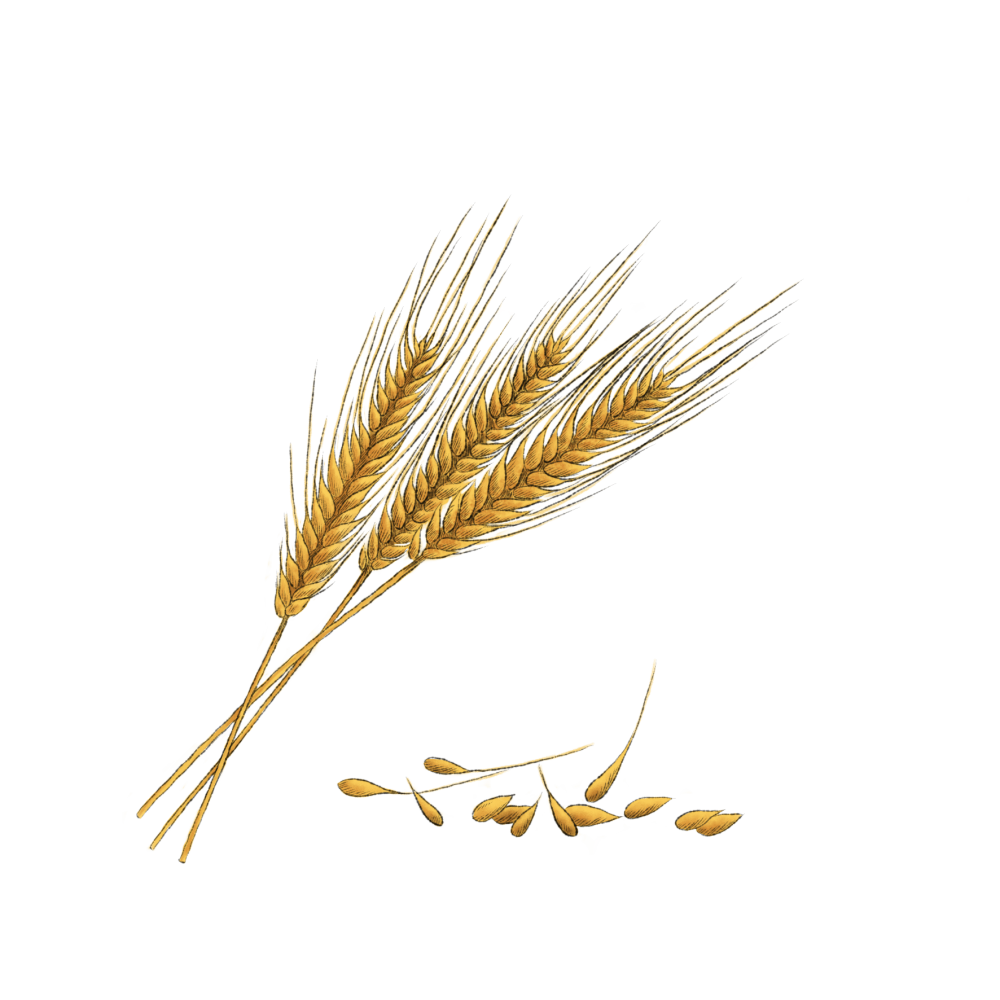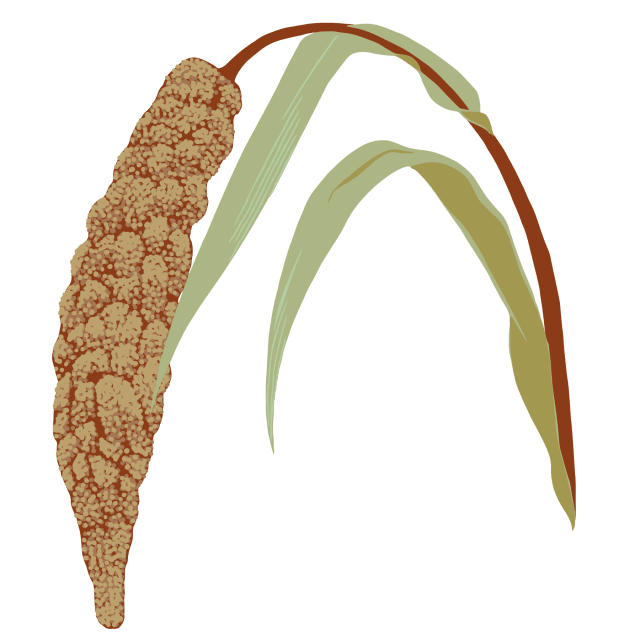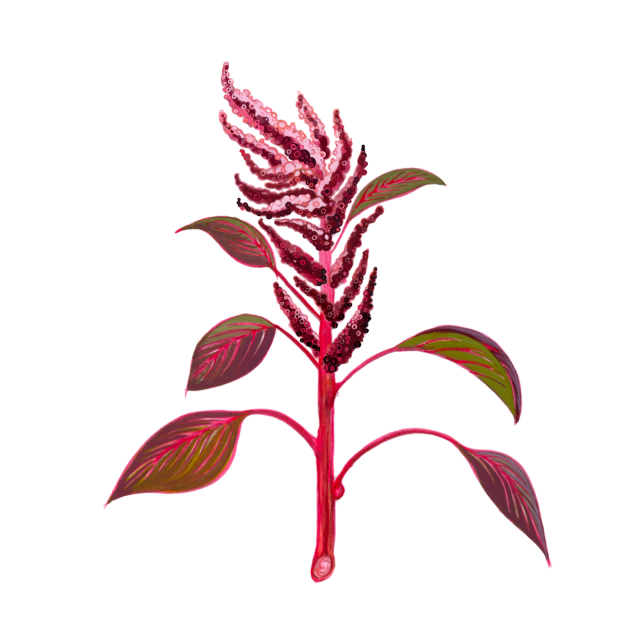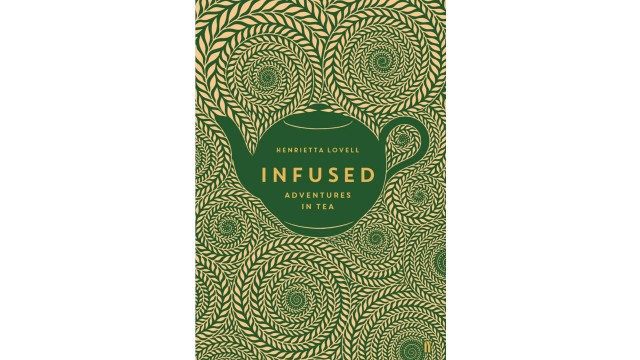Barley

Latin name: Hordeum vulgare
Uses: grain, soft drinks, tea, alcohol
What is barley?
Barley, like wheat and rye, is a type of grass — and one of the oldest domesticated grains in the world. Its seeds are a major cereal crop in many countries, ranking fourth overall in global grain crops. There are two main types of barley: two-row and six-row. The names derive from the arrangement of seeds along the stalk. Two-row varieties generally have more sugar, making them popular for malting and fermenting into alcohol.
Why is barley healthy?
Barley is a fiber-rich grain with prebiotic qualities beneficial to healthy gut bacteria. It is one of the best food sources of beta glucan, a soluble fiber that can help bind LDL cholesterol, and contains more insoluble fiber (which aids digestion) than oatmeal, quinoa or spelt. In addition, it is a good source of protein, iron, B-vitamins, selenium, and zinc — making it a superb choice for visceral fat reduction and blood sugar control.
What does barley taste like?
Barley has a mild, nutty, and slightly sweet flavor that’s enhanced by toasting the grain before cooking it. Many brewers take advantage of this fact by roasting barley to varying degrees from light to very dark brown. This method imparts notes of coffee and chocolate to beers like porters and stouts, and roasted barley is used as a caffeine-free coffee substitute in Italy and elsewhere.
How do I use barley?
Barley meal is made into porridge in the Middle East, and the whole grain’s toothsome tenderness is popular in a globe-spanning variety of soups and stews where its starch makes an excellent thickener. Barley water, made by boiling the grain with or without added flavors, is a popular hot or cold drink in many parts of the world from Latin America to Great Britain to East Asia, and barley tea is a common comfort in many South and East Asian countries. Beer leans heavily on barley, and Scotch and Irish whiskies are distilled primarily from malted barley mash.
What does barley pair well with?
Since it’s relatively bland and quite starchy, barley gets along with a wide variety of flavors from savory to sweet. It does have a particular affinity for umami-rich foods like mushrooms and meat, which is why beef & barley soup commands a loyal following.
Where does barley grow?
Wild barley is native from North Africa to Tibet. It was first domesticated roughly 11,000 years ago in the Fertile Crescent, the cradle of agriculture stretching from the Nile to the Persian Gulf. Human migration over millennia spread it throughout Europe and Asia by around 2,000 BCE. Today barley is grown in temperate regions around the world, with Russia, Europe, and Turkey accounting for much of its production.
How to buy barley:
Like all grains, it should smell fresh and not musty. Store it in a tightly closed jar away from sunlight.
Fun barley fact:
In the English measurement system, barley formed the basis for the inch. The Composition of Yards and Perches, written around 1300 CE, decrees that “3 grains of barley dry and round do make an inch.” This standard lasted until the 1824 Weights and Measures Act superseded it with more scientific precision, but UK and North American shoe sizes are still based on the barleycorn.







